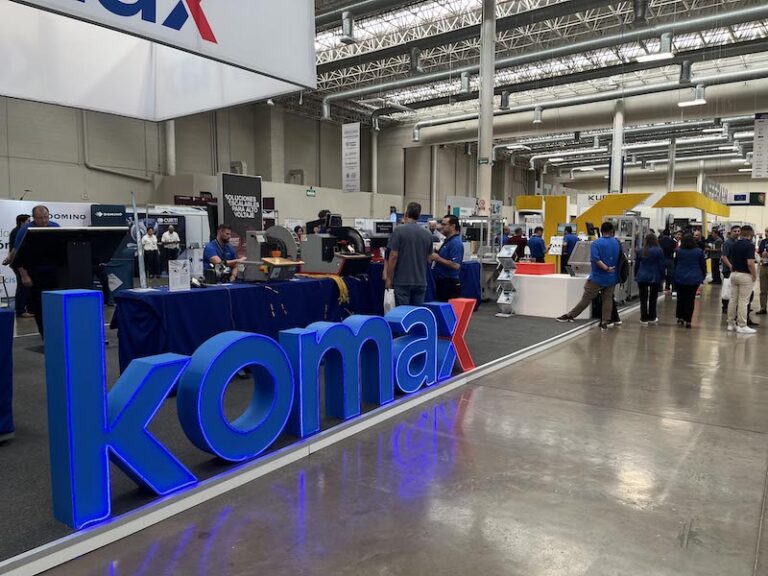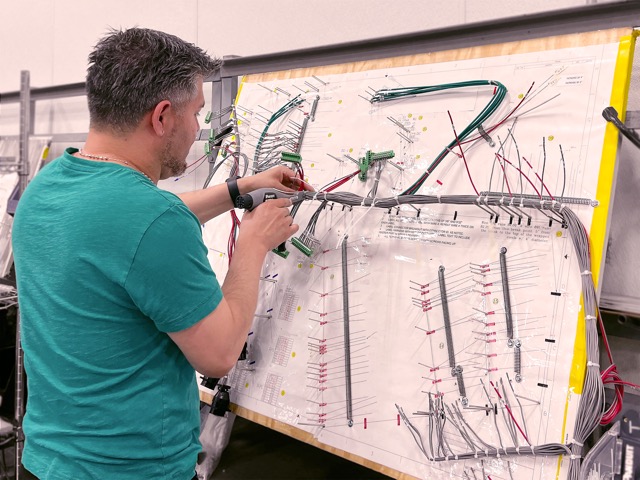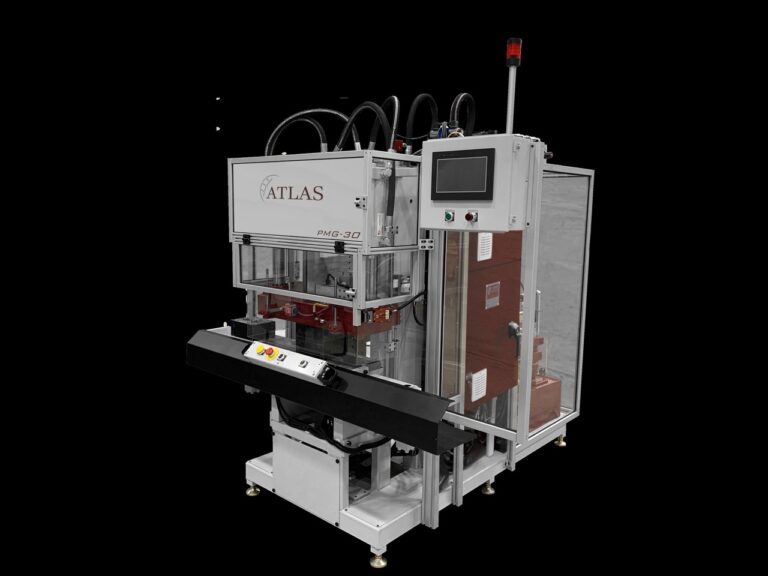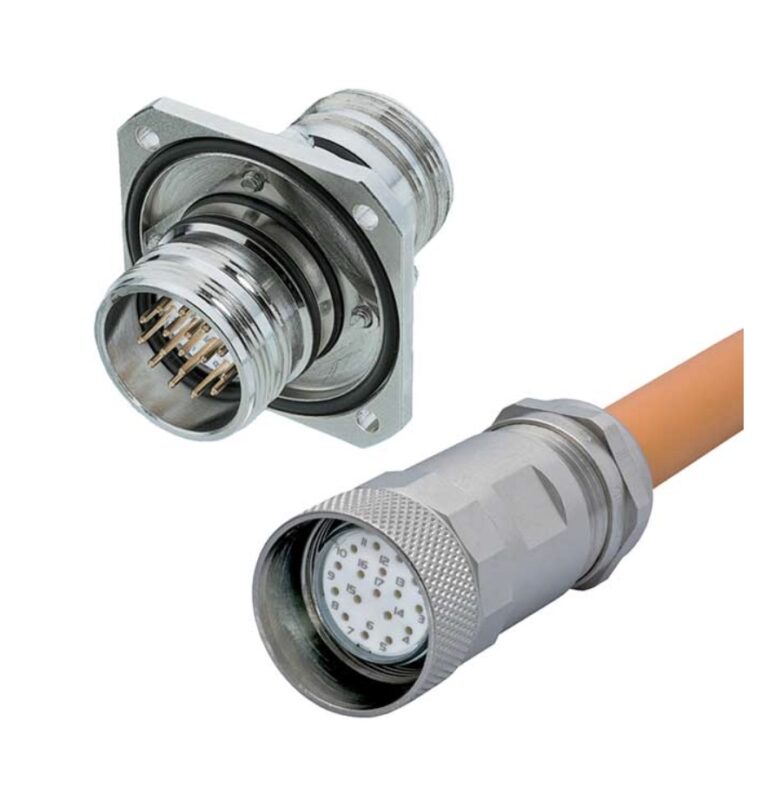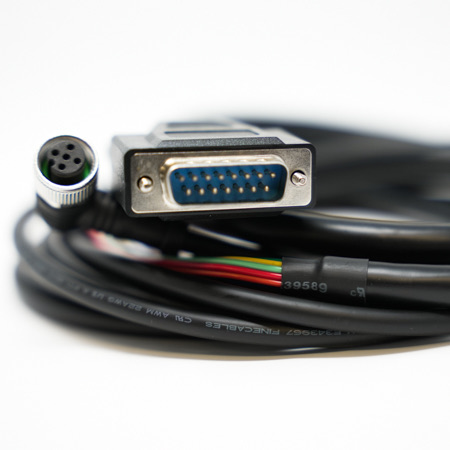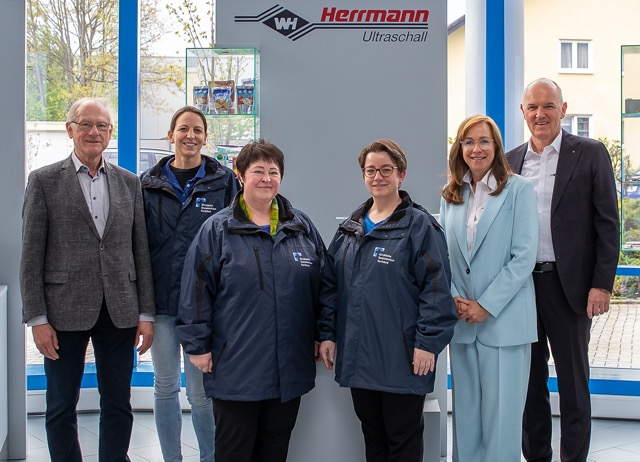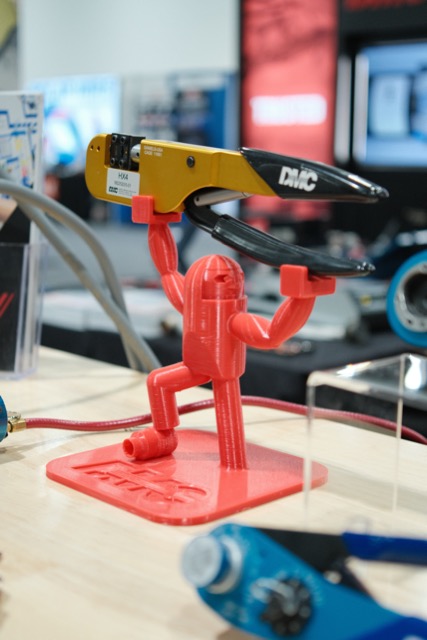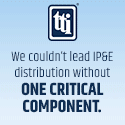By Paul Hogendoorn
There are many elements to “digital transformation”, and digital work instructions and checklists are certainly a key piece. In some cases, it could be a good first step for companies that have yet to embark on their digital journey.
One of the advantages of digital work instructions and checklist systems is that they can be deployed separately without too much disruption. “Digital transformation” is a broad term bandied about these days with a “you must do it, or you will die” urgency, and it can be seen as a big scary and expensive undertaking, leaving many small manufacturers in the “we don’t know where to start”, or “we need someone to help plan our end-to-end digital transformation before we can start” position. But it doesn’t have to be that way.
A digital work instructions or checklist system can be deployed relatively quickly and inexpensively and can be integrated with a company’s larger digital plan as that evolves. This can accomplish 3 things:
- it gives the company a solid start on their digital transformation journey,
- it delivers efficiency and cost savings results right away,
- it helps address one of the biggest challenges facing manufacturers today, and that is the attraction and retention of younger, skilled workers.
- A solid start:
There are 3 primary elements to Digital Transformation: connection to the machines, connection to your business operation system (finances, planning etc.), and connection with your people. The first one (connection to the machines) may involve new technology or machine upgrades, both of which may come with significant costs (although there are systems available that connect to machines “as is” – but that will be a topic for a different article). The second one (connection to your business systems) needs careful consideration for the entire operation’s needs both for now and for the future. The third one (connection with your people) can be relatively easy to do and addresses one of the most important areas of your business – your people. In other words, you can be 1/3 of the way through your Digital Transformation journey by leveraging new technologies to improve the ways you connect with your people, through digital work instructions and checklist software.
- Immediate Cost Savings and Quality Improvement:
There are many immediate benefits to digitizing your work instructions and your checklists. The obvious ones are the elimination of administrative effort manually filling out checklists, collecting and entering the data from paper sheets, and looking for and then printing out and distributing work instructions. The bigger savings, however, come from the elimination of common mistakes, such as building something from the wrong (or outdated) instructions, and the improvements that can be made to a process or a product by having empirical data to improve it. The cost of making mistakes on the production floor is significant and measurable on the financial statements but the cost of not improving the product or process (because lack of data) may be even more significant but entirely invisible to the company. The bottom line is that an effective deployment of a digital work instruction and checklist system pays back dividends right away, compounds exponentially in the future, and the resultant savings can then be used to help pay for the more expensive elements of digital transformation.
- Engaging your work force – a “change management tool”:
It is imperative that manufacturers improve the relationships between the employers and their employees, and modern digital work instructions and checklist systems are a big part of that. Younger workers are wired differently than the retiring work force. A “transactional” mindset typical of previous decades may temporarily improve some areas of production, but it doesn’t improve the quality of your team or their commitment and buy in to your company. Younger workers especially need to be engaged and feel like they are part of the team, making a difference. A transactional mindset “we pay you to do your job so just do your job” is not the way to attract or retain higher quality young workers. Communicating with them (communication is a two-way dialog), engaging them (they matter and their efforts matter) is a better way to build a quality workforce. Your digital work instruction and checklist system can go a long way in helping transform your workplace and their workplace experience.
There are many systems today that can be deployed quickly, with minimal disruption and at relatively low cost. Choosing a system that connects well with other business systems gives you added flexibility for the future. The insights gained from the data can help you determine what and where your next digital or automation investment needs to be made. As the decisions get bigger (and more expensive), its great to have actual empirical data in hand to make them.
Digital work instructions and checklists can be the kickstart to your digital transformation journey.























